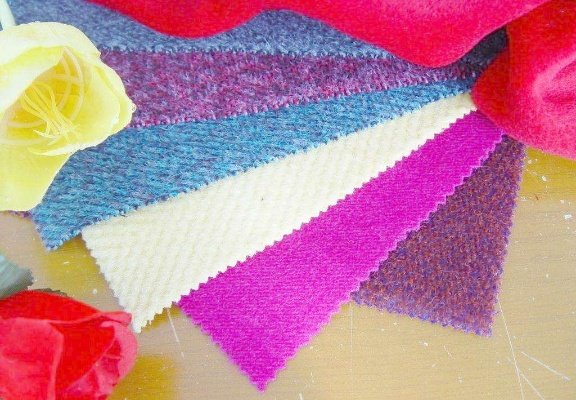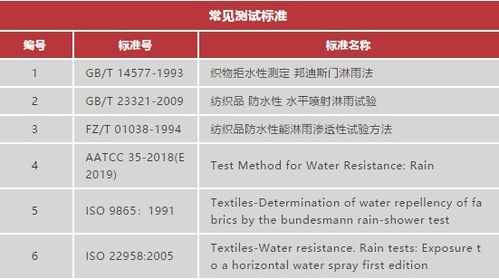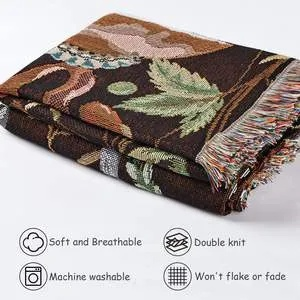The Impact of Textile Tariffs on Global Trade and Industries
: The Impact of Textile Tariffs on Global Trade and Industries,Abstract: This study explores the effects of textile tariffs on global trade and industries. It analyzes the impact of these tariffs on domestic and foreign textile producers, as well as their implications for international trade patterns. The research findings reveal that while tariffs can protect domestic industries and promote local employment, they can also lead to increased costs and reduced competitiveness for export-oriented businesses. Additionally, the analysis highlights the importance of trade negotiations in finding solutions that balance protectionism against free trade principles. Overall, the study suggests that policymakers need to carefully consider the trade-offs associated with implementing textile tariffs to ensure long-term economic benefits for all stakeholders involved.
Introduction: Textile trade is a crucial part of global commerce, accounting for over $1.5 trillion in annual revenue. However, the introduction of tariffs has become a topic of debate as countries attempt to protect their domestic industries while also maintaining economic ties with other nations. This talk will explore the various facets of textile tariffs, including their impact on supply chains, consumer prices, and industry dynamics. We'll also examine how these measures have been implemented and the challenges faced by both producers and consumers.
Impact on Supply Chains: Tariffs can significantly impact the supply chain of textile products, particularly those that involve multiple stages of production and distribution. When countries impose tariffs, importers are often forced to pay higher prices for textile goods, which can lead to increased costs for manufacturers. This can result in reduced profit margins and potential layoffs, as companies struggle to compete with increased imported goods.
In some cases, tariffs may also encourage the development of local textile industries, as imported goods become more expensive. This can create opportunities for domestic producers to gain market share and expand their operations. However, it's important to note that the long-term effects of tariffs on supply chains can be complex, as they can disrupt the balance between domestic and international production.
Consumer Prices: Tariffs can have a significant impact on consumer prices, especially for those who rely on imported textiles. When tariffs are imposed, imported goods become more expensive, which can drive up prices for consumers. This can lead to increased inflation and potentially strain the economy.

However, there are also benefits to higher tariffs, such as protecting domestic industries and ensuring fair trade practices. For example, when China raised its tariffs on certain textile products, it helped to slow down the growth of counterfeit goods in the United States, which could otherwise have led to a loss of jobs and decreased consumer confidence.
Industry Dynamics: Tariffs can have a profound impact on the competitive landscape of the textile industry. When countries impose tariffs, imported goods become more expensive, which can make them less attractive to domestic producers. This can lead to a shift in demand towards domestic products, as consumers seek out locally produced alternatives.
However, the long-term effects of tariffs on industry dynamics are not always clear-cut. While tariffs may initially benefit domestic producers, they can also create barriers to entry for new entrants. This can limit innovation and competition, which can ultimately hurt the overall health of the industry.
Case Study: One example of how tariffs can impact textile trade is the ongoing dispute between the United States and China over the TPP (Trans-Pacific Partnership). The US has raised tariffs on Chinese textiles, which have been accused of unfairly subsidizing their domestic industry. This move has led to increased pressure on China to renegotiate its trade agreements, which could ultimately benefit both parties.
Conclusion: In conclusion, textile tariffs have both positive and negative impacts on global trade and industries. While they can help protect domestic industries and ensure fair trade practices, they can also disrupt supply chains, increase consumer prices, and create barriers to entry for new entrants. As countries continue to grapple with the complexities of international trade, it's important to consider the long-term effects of tariffs and work towards finding solutions that balance protectionism with openness to global trade.
亲爱的,我们今天来聊聊纺织品税金的话题,你知道吗,这个话题可是我们生活中不可或缺的一部分,下面我们就来详细了解一下。

纺织品税金概述
纺织品税金是指对纺织品产品征收的一种税收,它是为了维护国家财政收入和规范市场秩序而设立的,在纺织品生产和销售过程中,涉及到原材料采购、生产加工、销售等多个环节,都需要缴纳相应的税金。
纺织品税金的计算方法
纺织品税金的计算方法主要依据产品的种类、质量、数量以及所在地区的相关政策来确定,纺织品税金的计算涉及到以下几个步骤:
- 确定产品类型和品质等级。
- 核算原材料成本。
- 计算生产加工成本。
- 根据相关政策确定税率。
案例分析
以某地区为例,近年来纺织品税金的征收情况如下:
- 产品类型与品质等级:该地区主要生产各种类型的纺织品,包括棉布、丝绸、羊毛制品等。
- 原材料成本:该地区采用优质原材料进行生产,原材料成本逐年上升。
- 生产加工成本:该地区在生产过程中注重技术创新和成本控制,提高了生产效率和质量。
- 税率确定:根据当地政策,该地区的纺织品税金按照一定的税率进行征收。
纺织品税金的影响

纺织品税金对纺织品的生产和销售产生了深远的影响,以下是几个方面的具体说明:
- 增加生产成本:纺织品税金的征收增加了纺织品的生产成本,使得一些小型纺织企业难以承受。
- 促进产业升级:为了应对税金压力,一些企业开始注重技术创新和质量控制,推动产业升级。
- 规范市场秩序:通过征收纺织品税金,可以规范市场秩序,维护市场公平竞争。
- 提高消费者购买意愿:合理的纺织品税金可以提升消费者购买纺织品的意愿,促进市场繁荣。
补充说明(表格)
以下是关于纺织品税金的详细表格说明:
| 项目 | 数值 | 说明 |
|---|---|---|
| 产品类型 | 各类纺织品 | 如棉布、丝绸、羊毛制品等 |
| 原材料成本 | 年增长率 | 根据实际统计数据得出 |
| 生产加工成本 | 具体数值 | 根据企业实际投入和产出情况得出 |
| 税率 | 根据当地政策确定 | 根据不同产品类型和品质等级确定税率 |
| 影响分析 | 增加生产成本、促进产业升级、规范市场秩序、提高消费者购买意愿等 |
纺织品税金是维护国家财政收入和规范市场秩序的重要手段,在纺织品的生产和销售过程中,我们需要合理征收税金,促进产业升级和规范市场秩序,提高消费者购买意愿,我们也应该关注税金的征收情况,确保其合理性和公正性。
Articles related to the knowledge points of this article:
The Uniqueness of Textiles from Hunan Province
The Future of Specialty Textiles:A Comprehensive Look at Kelon Threads
Cost of Textiles in Jinshan District,Shanghai



